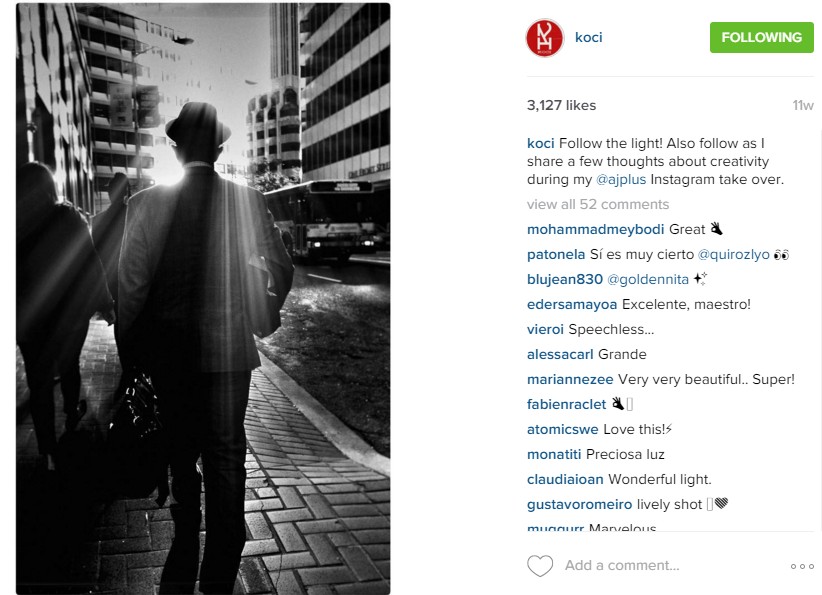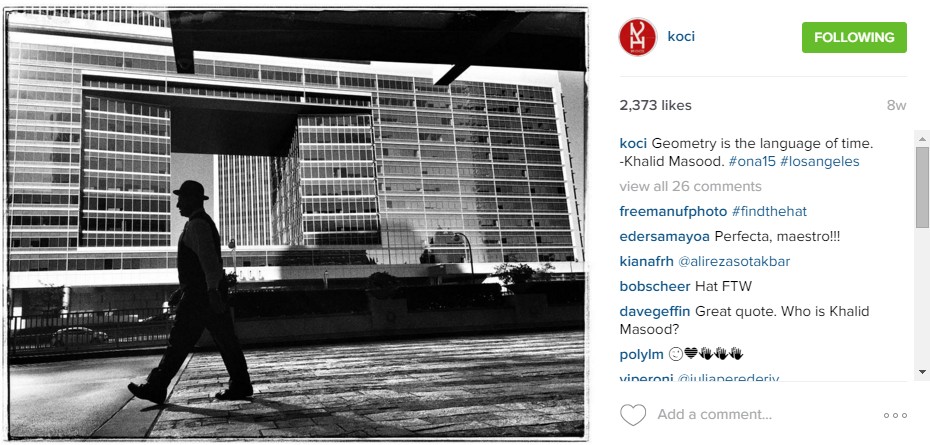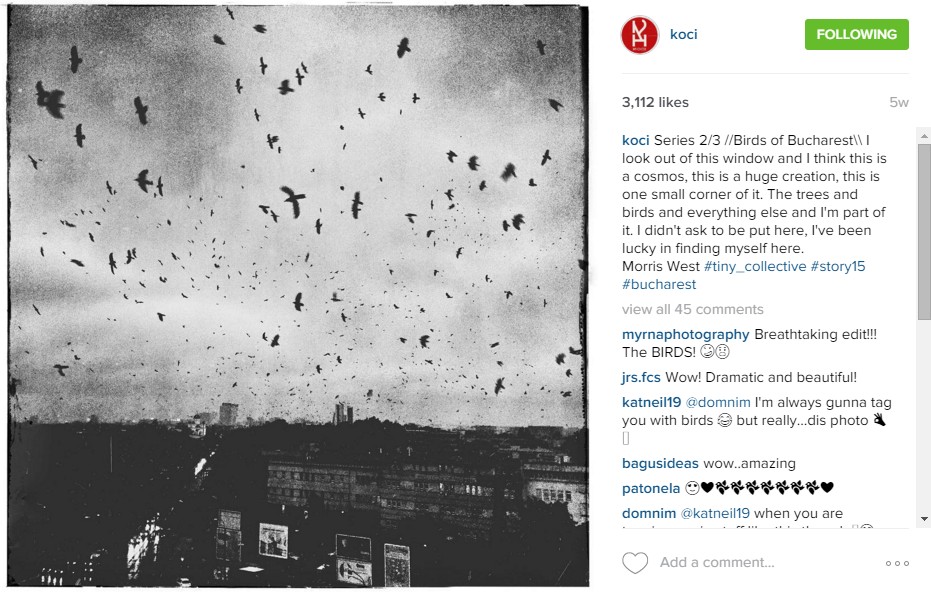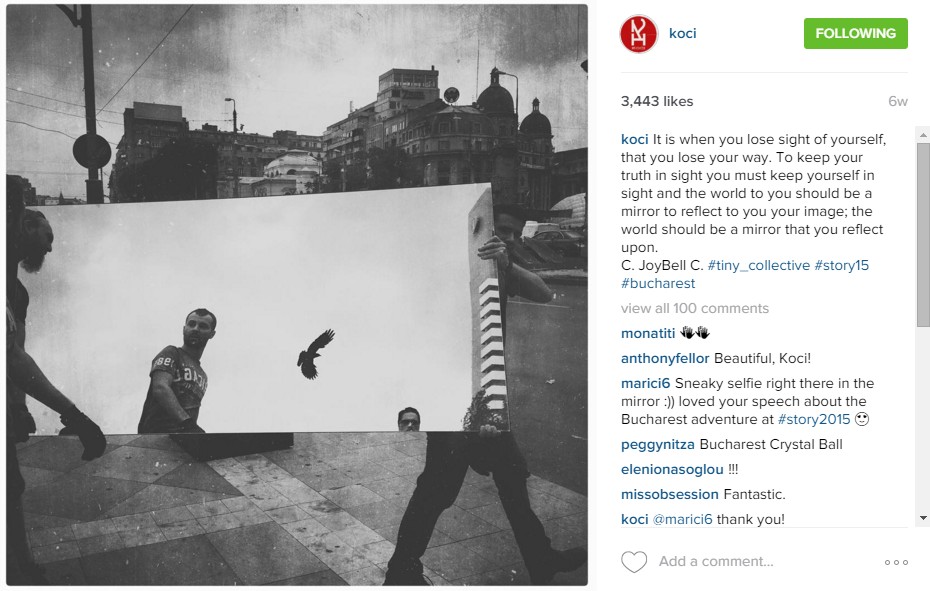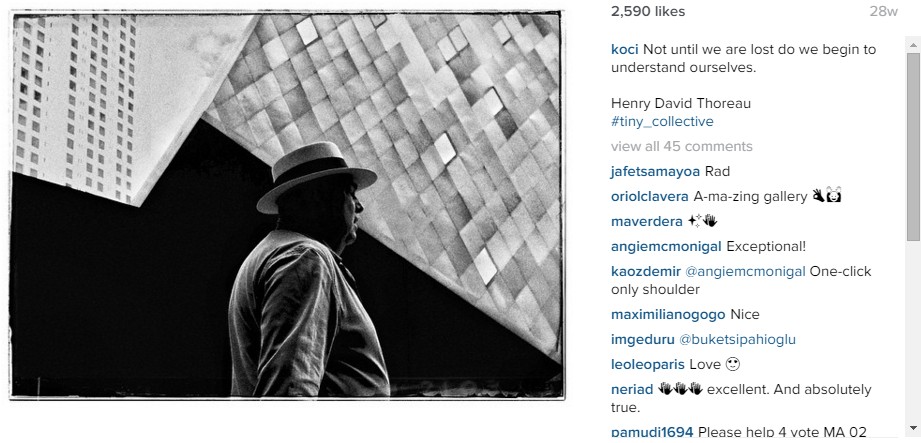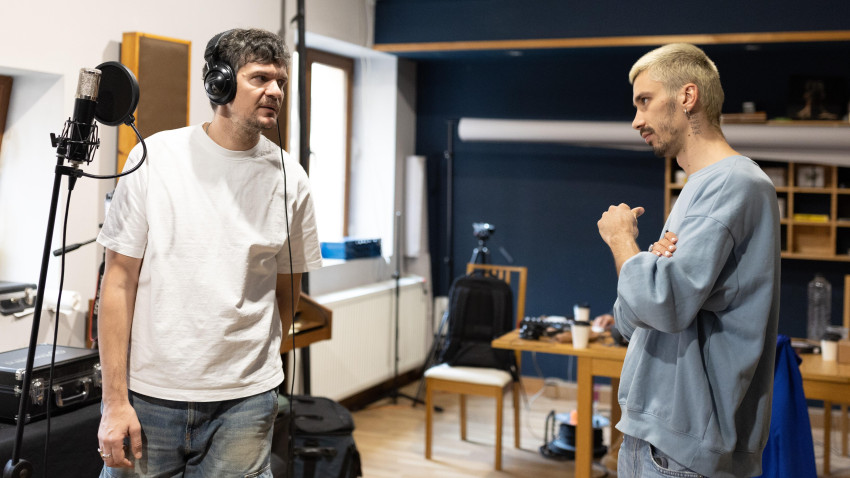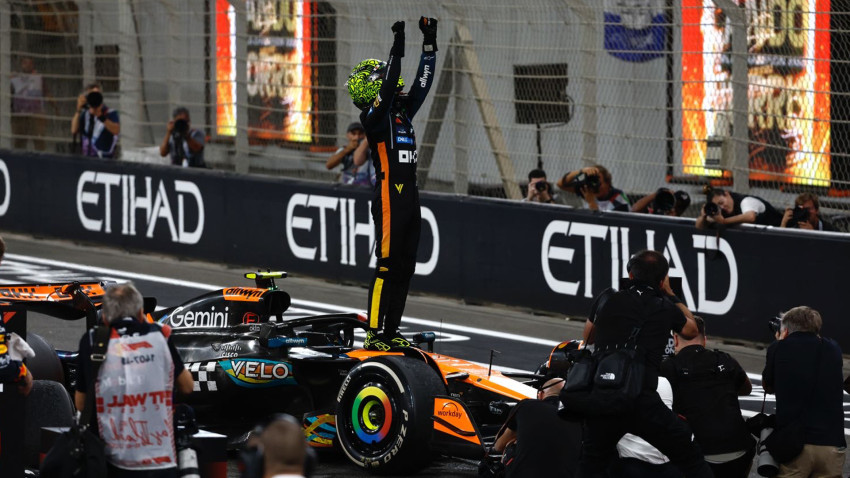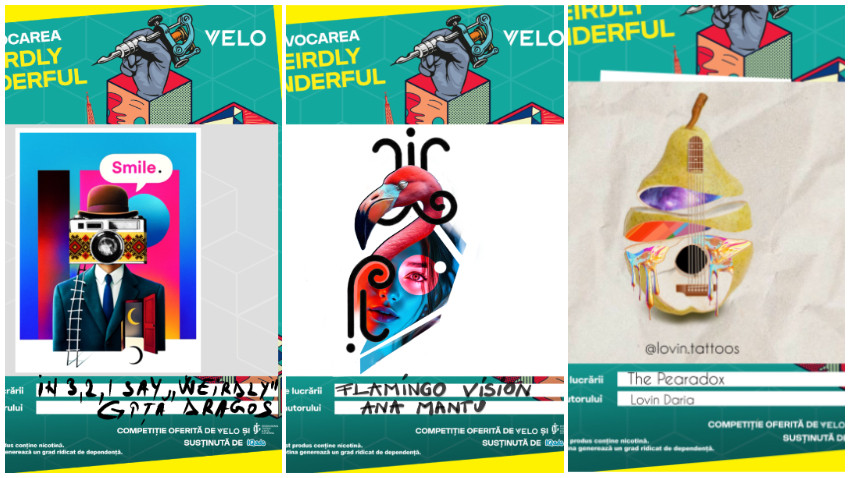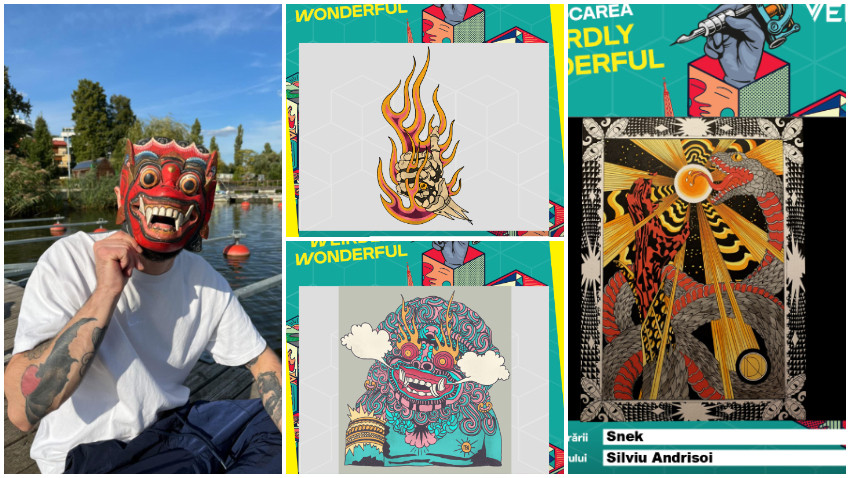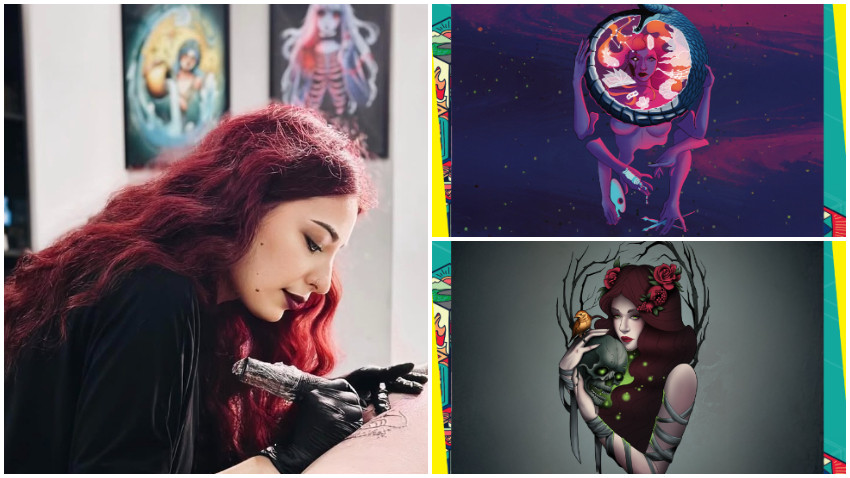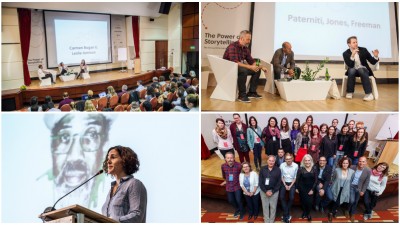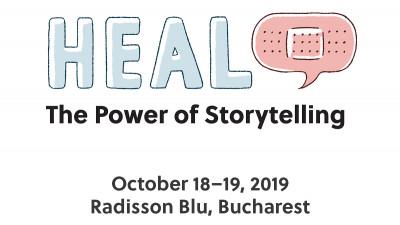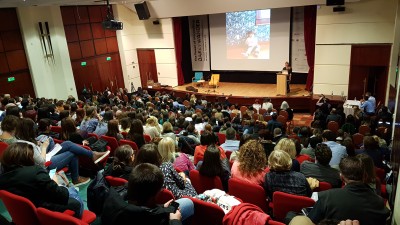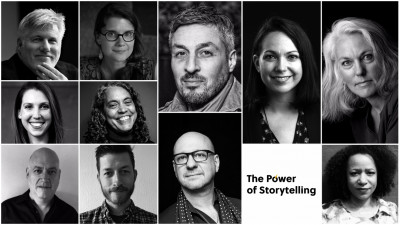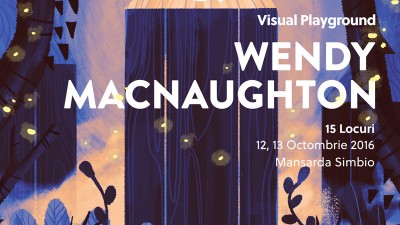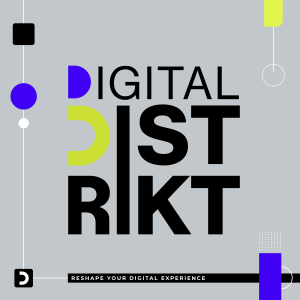I met Richard Koci Hernandez about a month ago when he was a speaker at The Power of Storytelling 2015 conference. Because it was the first time I’ve had the chance to hear a photographer speak about his work, I wasn’t sure what to expect, but I was amazed by his speech.
Richard was so dynamic and funny; he shared a lot of wisdom about what he does as a visual storyteller. You could almost feel the energy in his voice, the passion for telling visual stories, for pointing the camera and shoot.
Richard told us we have to resist the urge of shooting the perfect photo and we have to “let go of the burden” to become better. Also, he listed a few ways to take pictures with a smartphone without being noticed by your subjects. I personally really liked the “shooting from the heart” rule that means keeping your phone close to your chest (heart area) and snap pictures using the volume buttons on the side of the device.
Richard Koci Hernandez is a visual storyteller, Emmy award-winning photographer and multimedia producer. He worked as a photojournalist for several important newspapers in US and his work has appeared in magazines like National Geographic, Wired and other international titles.
His work at the San Jose Mercury News also got him two Pulitzer Prize nominations. Since 2011, Richard was named Assistant Professor for New Media at the Graduate School of Journalism at UC Berkeley.
If you search Richard Koci Hernandez’s name on Instagram you’ll land on his famous account and you’ll be surprised by the number of followers he has – 238k says the counter. Social media changed the way stories are being told, now everyone has access to a global audience, but Richard thinks that you can’t have a successful strategy on Instagram if you don’t make a selection of the photos you post there, if you don’t edit your work and you’re not consistent in visual and style.
By the end of his presentation at The Power of Storytelling 2015 conference, my mind was blown and I knew I wanted to find out more about what Richard does and how he captures bits of stories with his pictures.
I now have the great honor to let him tell us more about his career, challenges, projects and more:
Becoming a photographer
Some people, fall into their professions gradually, but mine hit me like a lightning bolt when I was about 14 years old. I was on a family vacation in Yosemite Park and we had just exited a very small photographic Museum dedicated to one of the parks most prolific photographers, Ansel Adams.
I was so immediately struck at the photographer’s ability to magically transform these landscapes into such photographic works of art, that I immediately grabbed the camera off my uncle's shoulder and took my first picture.
And it's not too dramatic a statement to say, that from that point on I've always had a camera by my side, some 30 years later.
Studies
In school, I started by studying philosophy and then I eventually transitioned into studying journalism.
Entering the field of photography and multimedia producing
I entered the professional field of photography on a lark.
It was actually a small competition between a friend of mine, while we were working at a small camera shop developing prints and selling film, we were so bored one day that we challenged ourselves to see who could be the first one to work in the photographic department at the local newspaper.
Needless to say, I won and started at the local newspaper a few months later mixing photographic chemicals and taking care of the dark room as a photographic lab assistant.
I got the job by sheer luck, by being so naively dedicated to the craft of photojournalism that one night around 1AM I found myself photographing a structure fire just for ‘fun’ and met the chief photographer of the local newspaper. He thought I was so dedicated, that he offered me an interview and I got the job.
First job and the most important thing learned there
Part time janitor and gardener for the local church. No job is too small to do with care and perfection. I ultimately realized that there was nothing wrong with starting small and moving up.
First personal project
The first truly "personal" photographic project I worked on was a photographic essay about the events of Semana Santa in Central America in the early 1990s. I decided to randomly dropout of college/university with a friend and purchase a one-way ticket to Latin America, where we traveled without a clear destination for several months.
I was extremely taken by the rituals of the local communities during this "holy week" that upon returning printed and selected a collection of images that became my first portfolio and personal project.
The main ingredients for a good visual story
I think it depends on the story, but in general I believe that an intense awareness of light and composition are necessary ingredients, but ultimately a good visual story is about capturing true and authentic moments. A series of "pretty" pictures is one thing but a series of emotionally charged photos has the power to move its viewers in profound ways.
Challenges
“Never being satisfied” is my constant companion/demon. Nothing I do— photographically— ever seems good enough and continually pushes me to work/strive towards making my next photograph. In a funny way, I guess if I don't overcome this challenge and became satisfied with my work I may not be motivated to take the next picture, so maybe this "challenge" is more friend than foe.
Your dearest project
My dearest project is actually my life's work. What I mean to say is that I realized that it's not important for me to produce a series of "projects" year after year, moving from one subject or theme to the next, but that my greatest gift and joy is my entire body of work, piece by piece, day by day, photo by photo, that I produce every day and that will ultimately not be finished until my death and my final photograph.
I'm not trying to be obtuse, dodged the question or sound too much like an egomaniac but I truly do believe that if I have anything to give, as a photographer it's the little pieces of visual evidence that say “I was here and this is what I saw”— that I'm gathering along this journey.
Role models and what did you “borrowed” from them in terms of style
Honestly too many to count but I always go back to my very first influences that are so near and dear to my heart. One in particular who is not given as much credit as I think he deserves but certainly had a ridiculously profound impact on my photographic life is a photographer named Roy DeCarava.
There is something so tender and quiet and authentic about his work that it never fails to move or inspire me
DeCarava had such a "heavy hand" which in photographic/darkroom terms means he printed things very dark and most certainly I have adopted that tone for my work.
I think that it's because it always leaves an impression that there is something more in the shadows, there is always a longing and a hope for the light.
The most important lesson learned during your career
Without a doubt, patience. If you wait around long enough in a beautiful spot of light, the man in the hat will always walk by. Which is really just to say that if you work hard enough and "want it" hard enough, just be patient and it will come.
Social media changed the way we tell stories
Fundamentally it changes our access to a global audience without having to rely on the traditional gatekeepers such as book publishers, magazine publishers or newspaper publishers. We are free to tell our stories unfettered and unfiltered by others, we have the voice and the power over our stories.
The only negative side effect to storytelling on social media platforms is the perception of an unlimited canvas and therefore I believe that often times we don't edit our "stories" as tightly or efficiently as possible. Less is more.
The main benefit is that I don't need validation from a editor or publisher in New York City to accept and distribute my work I have immediate access to a global audience right now. And that's a wonderful powerful positive thing.
A negative side effect is our inability to edit our work and another downside is having our work be influenced by the number of "likes." We should always strive to stay true to our vision and commitment despite the number of social media “likes.”
How does Instagram help you in doing your job?
I think it affords me a little bit of professional validation, in that some people do see a large number and therefore assume that I must be doing something right, but that's not saying too much as there are certainly others on Instagram, like Kim Kardashian who have a large number of followers but arguably not doing the right thing, :-)
I think it's naive and dishonest not to acknowledge that the large number of social media follow words has opened a few doors for me professionally. So I'm very grateful.
A successful strategy for Instagram
Edit, edit, edit. Think of your Instagram feed as a leaky faucet, not a fire hose of content. My philosophy has always been to reasonably post content and not flood my feed with several images a day, as I think it dilutes my photographs and message if I publish too many images too often.
Additionally, I think that a consistency in style always helps, meaning while it's fun to experiment every now and then I believe that an audience ultimately responds to a consistency of vision and style.
Plans for the future
I try not to think of the future, I just try and do what I can in the moment —it's gotten me this far and I'm pretty content, :-)
Motivations
Never being satisfied with my images.
Main qualities of a good visual storyteller
Persistence, patience and a mastery of light.
Advice for young photographers
Never think about the future, never be satisfied with your work, practice the art of patience, be persistent and master light. Light should be the great love of your life. Know it for all you are worth. Follow your bliss.




